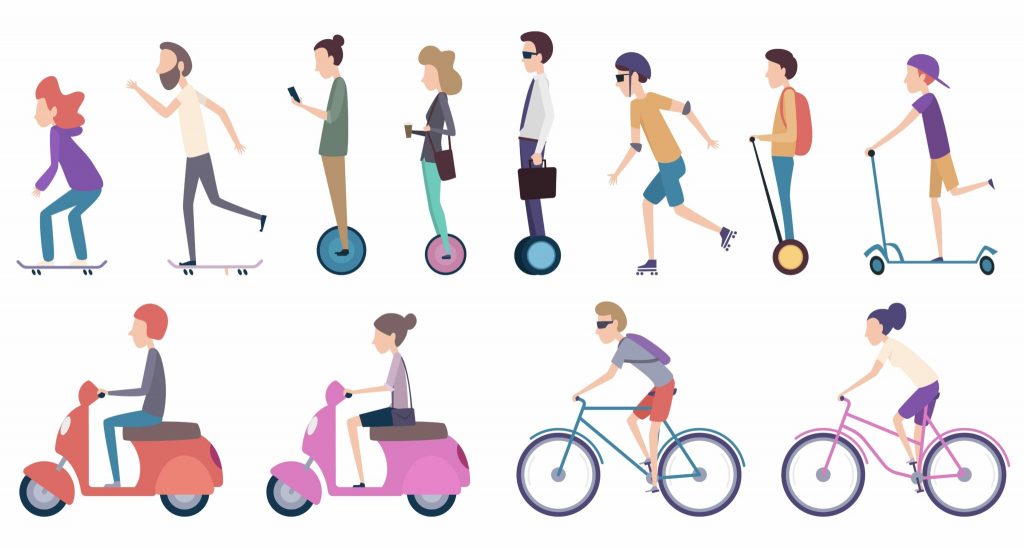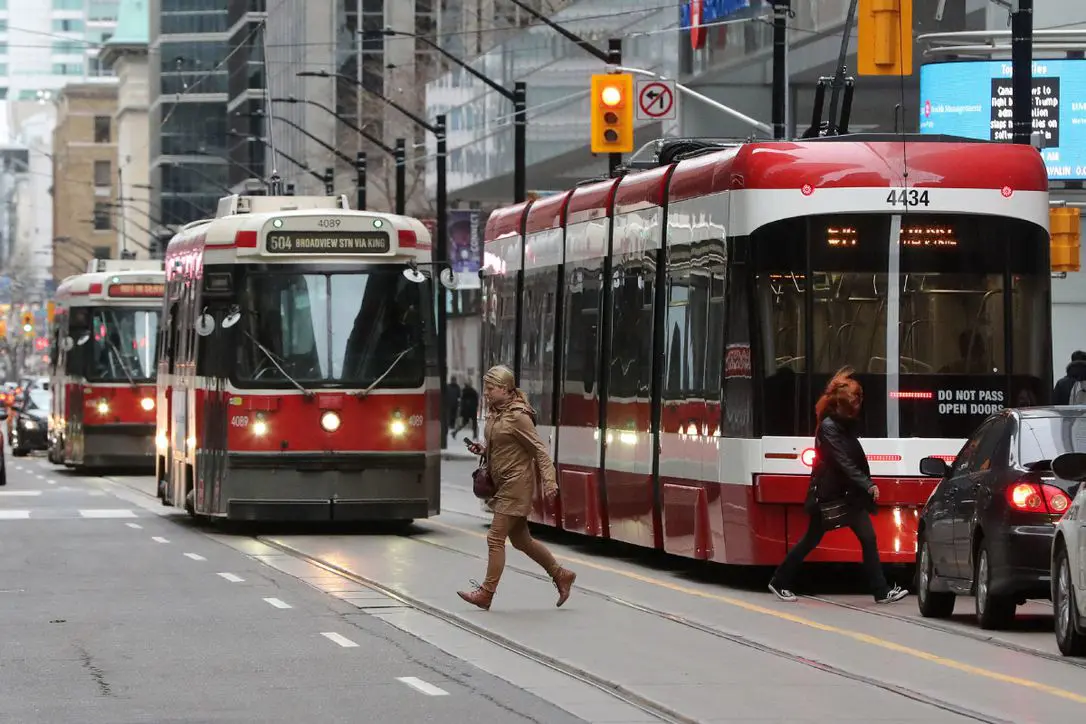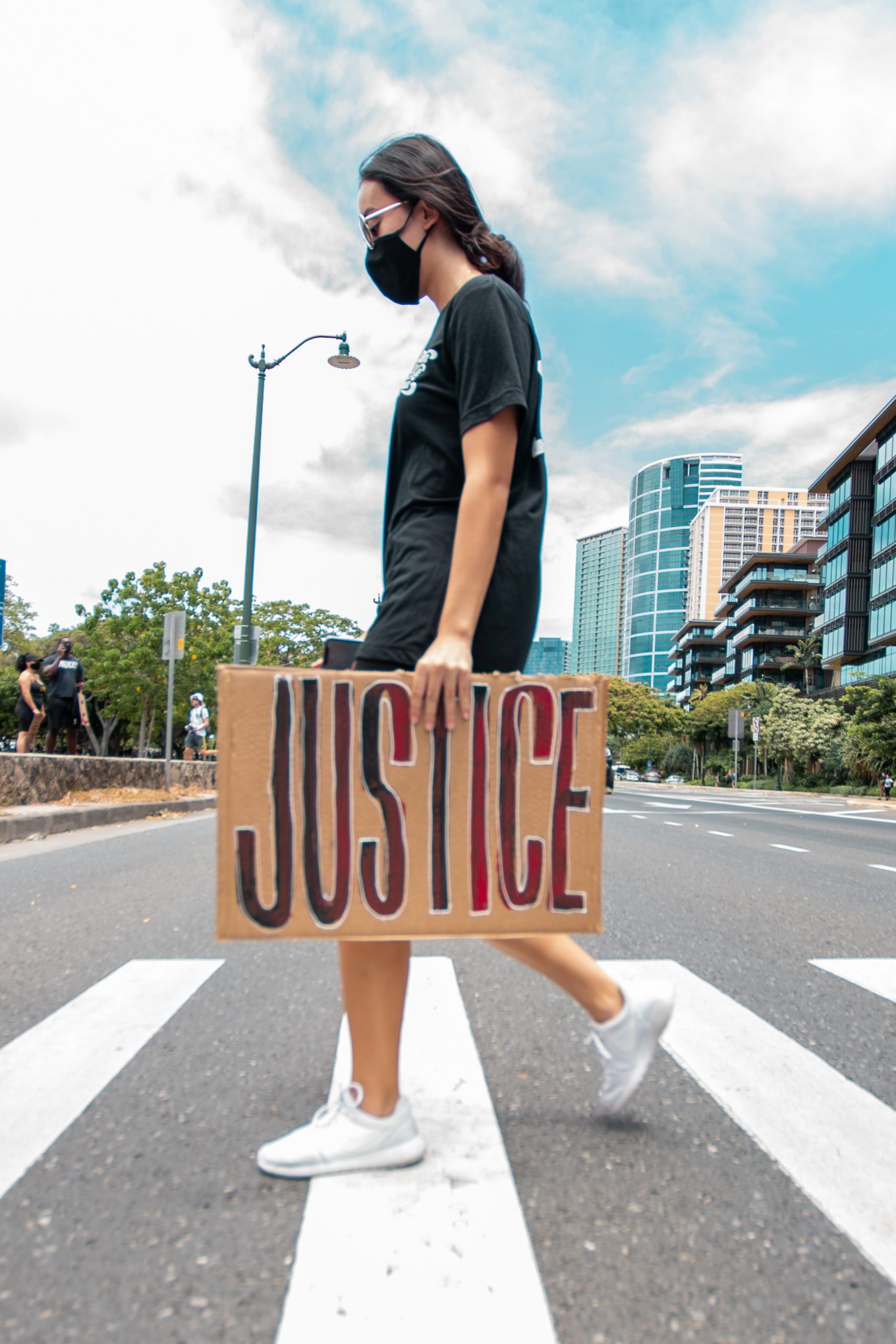From ‘who’ and ‘what’ to ‘why’ and ‘how’: Why we need to reframe the concepts of ‘marginalized’ or ‘vulnerable’ population’
Paromita Nakshi is a graduate student in Planning at the University of Toronto who researches transportation and social exclusion.
The domain of transportation needs a shift in terms of reframing the concepts of ‘marginalized’ or ‘vulnerable’ population’. The existing trend in transport literature is to ‘label’ certain groups of people as ‘marginalized’ or ‘vulnerable’- either implicitly or explicitly. For instance, women, people with disability, people of color, people with low-income, children, older adults, indigenous communities, etc. groups are often indicated as ‘more vulnerable’ and/or ‘marginalized’ in ‘mainstream’ societies. Whereas the underlying intention of this is not inherently wrong and it is often done to easily identify people or groups whose needs are overlooked, it creates three problems-
(1) Such labeling implicitly creates an image of these people being ‘weak’ and ‘requiring special treatment’. It also gives a subconscious impression that some people ‘need charity’ for their inherent characteristics which are beyond their control and/or choice. This is one reason why transport investments with a welfare and equity approach is often treated as a ‘charity’ and not as something required to sustain basic mobilities (Jeekel & Martens, 2017). This also results in segregated or special transportation systems offering inadequate and poorer service compared with the ‘mainstream’ service (Hine & Mitchell, 2001).
(2) With women, people with disability, people of color, people in low-income, children, older adults, indigenous communities being treated as ‘vulnerable’ or ‘marginalized’, a simple math indicates that they account for more than half of the population in any geographic region. Transportation scholars have pointed that traditional transportation planning primarily serves the needs of able-bodied, white, young men (Sheller, 2018). Therefore, treating some groups of people as ‘vulnerable’ or ‘marginalized’ simply reinforces this notion and creates a form of ‘othering’ in transportation policy and planning and stigmatizes certain identities. If the transportation system is not adequately serving more than half of the population, then who is it actually serving?
(3) Finally and most importantly, such labels fail to ask or answer ‘why exactly some people are more vulnerable or marginalized than others?’ It ignores the systematic, socio-cultural and historical role that actually create the vulnerability because as we discussed in (1), it gives an impression that vulnerability is an inherent characteristics of an individual/group or gender, age, race, disability are ‘causal factors’ in transport-related social exclusion (Lucas, 2012), whereas no individual is inherently marginalized or vulnerable. These characteristics do not ‘cause’ vulnerability or exclusion. Socio-cultural, political issues and power imbalances interact with certain demographic and economic characteristics to create marginalization. Even natural primary goods like natural talent, perseverance, health, etc. (Martens, 2016; Kymlicka, 2002) do not necessarily create vulnerability unless social primary goods are distributed unfairly (Martens, 2016). A large number of studies have come up with the conclusion such as women, people with disabilities, recent immigrants face greater transport disadvantages (Palm et al., 2021; Lee et al., 2018), women feel more unsafe in public spaces and public transit (Uteng et al., 2019), people with disabilities face significant challenges in using public transit (Bezyak et al., 2020; Bezyak et al., 2017), etc. Yet, fewer studies address the underlying socio-cultural norms and standards contributing to these challenges. Many studies identify these challenges predominantly as engineering issues (e.g. inaccessible stations) or built environment issues (e.g. street connectivity, walkability, etc.) and use them as explanatory variables in statistical modeling (Palm et al., 2021; Uteng et al., 2019; Lucas et al., 2018; Church et al., 2000). But what often remains unanswered is ‘why’- why do a particular built environment variable affect one group more than others? Why do engineering issues result in inequity and inaccessibility in transportation? In other words, why, when and how socio-cultural, political and macroeconomic factors interact with and influence motility (Kaufmann et al., 2004) and when does it become injustice (Martens, 2020)? There are theoretical works discussing similar issues and debates (Nussbaum, 2011; Kaufmann et al., 2004; Kymlicka, 2002) although they are not explicitly in the domain of transportation. Some researchers in recent years have attempted to apply these theories in the context of transportation (Sheller, 2018; Pereira et al., 2017; Martens, 2016) but there is a significant lack of studies that explicitly connect the dots between ‘who, what’ and ‘why, how’. For instance, Pereira et al. (2017) stated that social context can significantly influence an individual’s ability to convert a particular mean to their desired end. Then the question is: where in the social context planners and policymakers should intervene and how? This also necessitates that transportation planners and policymakers look beyond the domain of transportation and collaborate with social scientists and researchers, practitioners from other domains of planning to understand the underlying context (e.g. societal norms and attitudes, cultural factors, access to resources, etc. that also translate to participation and decision-making stages) and find solutions. The solution to transport-related social exclusion does not exclusively lie within the power of planners and policymakers (Lucas, 2012). For example, empirical findings on women traveling less than men due to a lack of access to cars and safety issues is incomplete until researchers and policymakers acknowledge the overarching role of patriarchal societies that engender unequal access to resources (e.g. cars, income, etc.) and uneven mobility. Women navigating the society under gender-neutral rules for roles set by and for men (Uteng et al., 2019; Kymlicka, 2002), people with disabilities navigating the world that sees disability as a ‘social burden’ and ‘personal responsibility’ and is often developed without any consideration for people with disability (Sheller, 2018; Hine & Mitchell, 2001) or pedestrians using the street in an auto-oriented culture that keeps them and other road users out of the way while making car movement faster, easier through seemingly innocuous pedestrian infrastructures (Mattioli et al., 2020)- all can be tied to the observation that certain forms of movements and movements of some people are considered outliers in society to establish exclusive status of some other forms of movement (Sheller, 2018; Manderschied, 2016). As Manderschied (2016) argued that the meaning of movement is essentially a social construction and reflects existing power relations.
Transportation scholars might benefit from disaster management models which instead of simply identifying some groups of people as ‘vulnerable’, explicitly incorporates the role of power imbalances, differential access to resources, pre-conditioning factors, fragile physical environment, etc. to conceptualize vulnerability. Such a shift in focus from only ‘who, what’ to also ‘why, how’ essentially shifts the burden from individuals to social and government agencies.
References:
Bezyak, J. L., Sabella, S. A., & Gattis, R. H. (2017). Public transportation: An investigation of barriers for people with disabilities. Journal of Disability Policy Studies, 28(1), 52-60.
Bezyak, J. L., Sabella, S., Hammel, J., McDonald, K., Jones, R. A., & Barton, D. (2020). Community participation and public transportation barriers experienced by people with disabilities. Disability and Rehabilitation, 42(23), 3275-3283.
Church, A., Frost, M., & Sullivan, K. (2000). Transport and social exclusion in London. Transport Policy, 7(3), 195-205.
Hine, J., & Mitchell, F. (2001). Better for everyone? Travel experiences and transport exclusion. Urban Studies, 38(2), 319-332.
Jeekel, J. F., & Martens, C. J. C. M. (2017). Equity in transport: Learning from the policy domains of housing, health care and education. European Transport Research Review, 9(4), 1-13.
Kaufmann, V., Bergman, M. M., & Joye, D. (2004). Motility: mobility as capital. International Journal of Urban and Regional Research, 28(4), 745-756
Kymlicka, W. (2002). Contemporary political philosophy: An introduction (2nd ed.). Oxford: Oxford University Press.
Lee, J., Vojnovic, I., & Grady, S. C. (2018). The ‘transportation disadvantaged’: Urban form, gender and automobile versus non-automobile travel in the Detroit region. Urban Studies, 55(11), 2470-2498.
Lucas, K. (2012). Transport and social exclusion: Where are we now? Transport Policy, 20, 105–113.
Manderscheid, K. (2016). Unequal mobilities. In Mobilities and inequality (pp. 41-64). Routledge
Martens, K. (2016). Transport justice: Designing fair transportation systems. Routledge
Mattioli, G., Roberts, C., Steinberger, J. K., & Brown, A. (2020). The political economy of car dependence: A systems of provision approach. Energy Research & Social Science, 66, 101486.
Nussbaum, M. C. (2011). Creating Capabilities: The Human Development Approach. Cambridge, MA: Harvard University Press.
Palm, M., Allen, J., Liu, B., Zhang, Y., Widener, M., & Farber, S. (2021). Riders who avoided public transit during COVID-19: Personal burdens and implications for social equity. Journal of the American Planning Association, 87(4), 455-469
Pereira, R. H., Schwanen, T., & Banister, D. (2017). Distributive justice and equity in transportation. Transport Reviews, 37(2), 170-191.
Sheller, M. (2018). Mobility justice: The politics of movement in an age of extremes. Verso Books
Uteng, T. P., Singh, Y. J., & Lam, T. (2019). Safety and daily mobilities of urban women—Methodologies to confront the policy of “invisibility”. In Measuring Transport Equity (pp. 187-202). Elsevier.
You may also like
 Documenting Canada’s Community Response to Transport Poverty: A 5-Year Review
Documenting Canada’s Community Response to Transport Poverty: A 5-Year Review
With the recent release of the Canadian Community Initiatives Addressing Transport Poverty Catalogue, accompanying report, and interactive web map, a multi-year effort… Read More
 Findings from the City of Grand Rapids’ Shared Micromobility Free Fare Pilot Program
Findings from the City of Grand Rapids’ Shared Micromobility Free Fare Pilot Program
The Free Fare Pilot Shared micromobility systems, such as bikeshare and scootershare, are increasingly important to cities’ transportation strategies, as they seek to move… Read More
 The Different Price Tags of Access: Transit, Housing Affordability and Demographics
The Different Price Tags of Access: Transit, Housing Affordability and Demographics
Introduction Building a new transit system? Great for commuters. Even better for housing prices. When cities build transit, nearby land and housing prices often shoot… Read More
